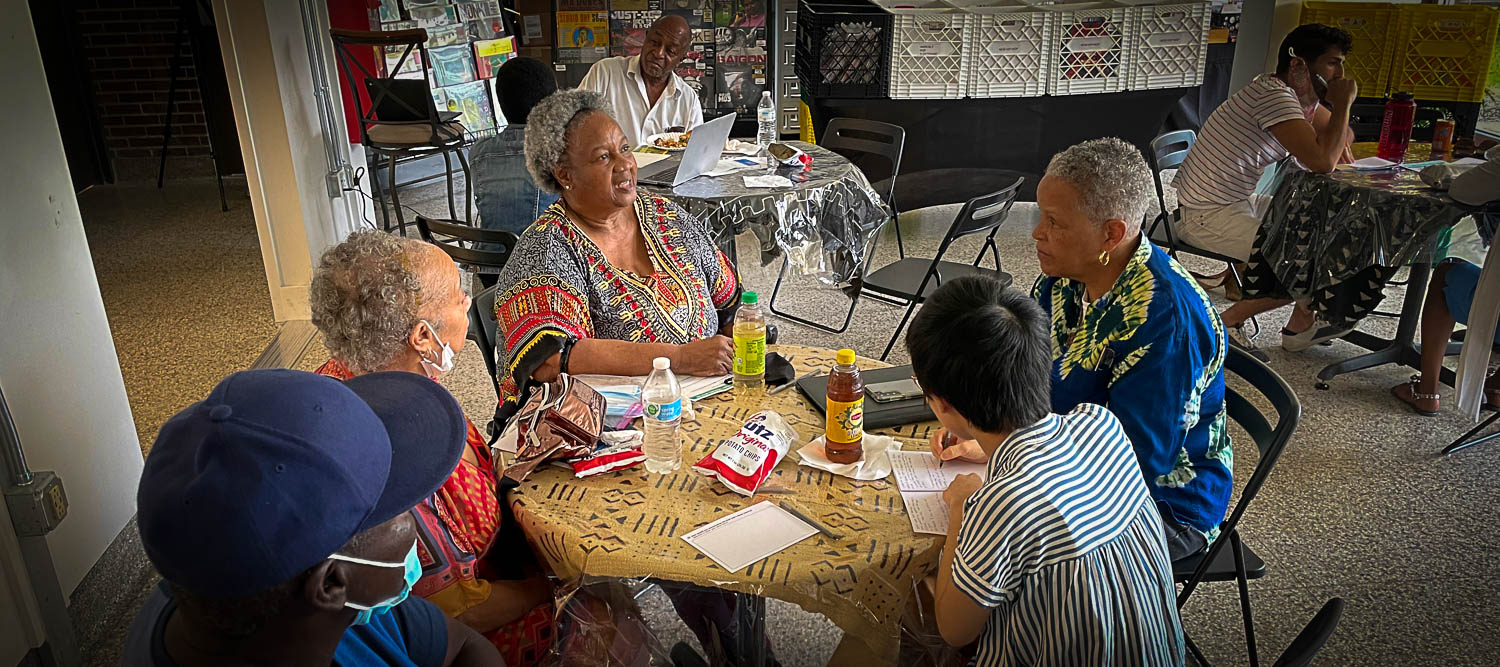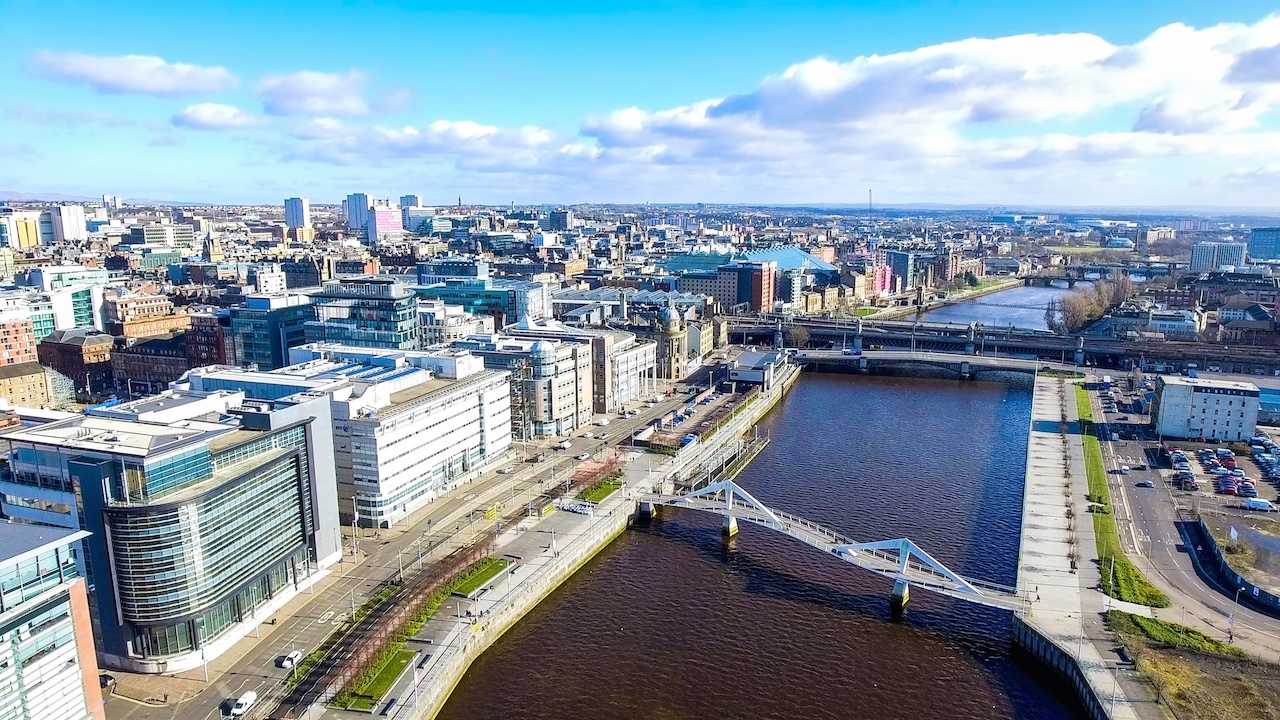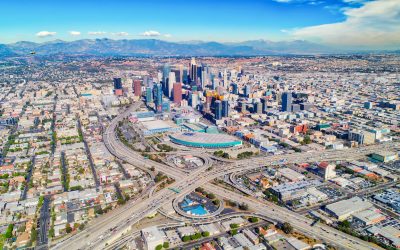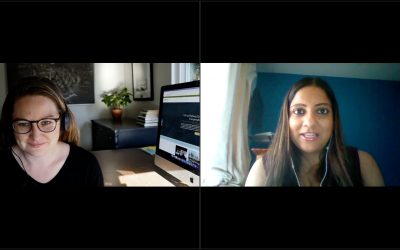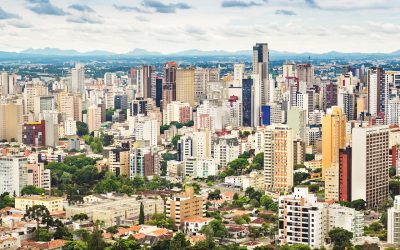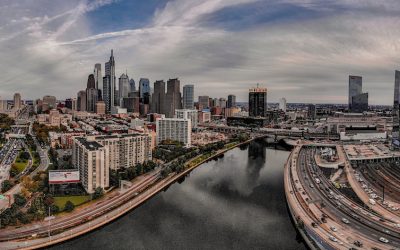Meeting of the Minds
What began as a 2-day summit in Oakland, CA in 2007, has grown into an internationally recognized non-profit organization with world-class events, year-round leadership programming, and an unparalleled digital platform.
Our mission is to bring together urban sustainability and technology leaders across sectors to share knowledge, best practices and catalyze lasting alliances and partnerships. We foster person-to-person and city-to-city learning by curating emerging trends and spotlighting projects and practitioners working on the future of sustainable, resilient, and equitable cities and regions.
We believe that the best solutions and partner ecosystems result from collaboration and engagement across sectors and disciplines. We convene leaders from international bodies, local government, state and federal government, corporates, startups, non-profits, academics and philanthropy.
Meeting of the Minds thanks and acknowledges the support of our current and past sponsors, including:
Foundations
Annie E. Casey Foundation
Barr Foundation
Burton D. Morgan Foundation
Ford Foundation
Lincoln Institute of Land Policy
Living Cities
New Economy Initiative
Paul G. Allen Philanthropies
Robert Wood Johnson Foundation
Rockefeller Foundation
The California Endowment
The California Wellness Foundation
The Cleveland Foundation
The JPB Foundation
The Kresge Foundation
The Volvo Research and Education Foundations
Healthcare
Kaiser Permanente
Sutter Health
Telecom
AT&T
Comcast
Qualcomm
Verizon
Global Technology Leaders
Cisco
Dassault Systémes
IBM
Itron
Microsoft
Oracle
Philips Lighting/Signify
Schneider Electric
Siemens
Transportation Leaders
Bombardier
Cubic
Daimler/Car2Go
Ford
JUMP Bikes/UBER
Lacuna
Keolis
Lyft
Streetlight Data
Toyota
Zipcar
Financial Institutions
JPMorgan Chase
PNC Bank
Wells Fargo
IT & IoT
Atonix Digital
Cleverciti Systems
Iteris
Logicalis
Roadbotics
RelayR Corp
Planning, Design, Architecture, Real Estate, Engineering, Construction
Black & Veatch
CBRE
CH2M Hill
Colliers
DKS Associates
Jones Lang LaSalle
Oxford Properties Group
Ramboll
Skidmore Owings & Merrill
WSP
Consulting Firms
Cognizant
ENGIE Impact
Deloitte
EY
PwC
Government
Ann Arbor SPARK
City of Berkeley, CA
Cuyahoga County
Federal Reserve Bank of San Francisco
JobsOhio
Metrolinx
State of Michigan
Resources: Water and Energy
AEP Ohio
DTE Energy
Festival Hydro
FirstEnergy
Marin Clean Energy
Natural Resources Defense Council
Sacramento Municipal Utility District
Shell
Xylem Water
Innovators
Cleveland Neighborhood Progress
JumpStart
Natural Resources Defense Fund
Rock Ventures
The New School
University of California
UrbanFootprint
Recent Webinars
Recent Articles
San Francisco Partnering with Community Organizations to Build Green Infrastructure
SFPUC’s Green Infrastructure Grant Program uses green infrastructure to combat CSOs and safeguard its watersheds. Green Stormwater Infrastructure (GSI) installations are engineered stormwater management tools that slow down, clean, and route stormwater to keep it out of a sewer system. Simultaneously, GSI provides native habitat, beautiful landscaping, groundwater recharge, and non-potable water reuse. Through this program, SFPUC encourages landowners to build GSI on their property by providing grants that cover design and construction. “Green stormwater infrastructure is one way that we can invest in our community, efficiently manage rainfall, and ease the burden on the City’s sewer system,” said SFPUC Utility Specialist Sarah Minick.
Balancing Data Privacy and Data Sharing Between TNCs and Cities
Data concerns are not going away. Data sharing and open data initiatives will likely become even more important as the transportation industry grows more interdependent among citizens, public agencies, cities, and private companies. In an internal context, de-identification of data allows data to be shared across an organization, allowing all users to access insights, and a common picture of demand and service performance across the network. This allows marketing, planners, and operations teams within transit agencies to access the same secure data when doing short term and long term planning. This also enables data sharing between agencies and transit operators which have adjacent service areas, and allows them to optimize timetables and typical transfer points. In an external context, de-identification allows for safe data sharing across different public, private, and community stakeholders, and lays the foundation for collaboration, interoperability, and common understanding, while putting privacy first.
Optimization Tools to Help Transit Agencies Recover
I spoke last week with Krishna Desai from Cubic Transportation, and we discussed three big problems facing transportation, and the ways that Cubic is approaching these challenges:
1) If (or when) more workers return to traditional on-location jobs, but feel a lingering distrust of crowded spaces, people who can afford it may opt for private cars instead of using public transit for their commute. This will create a massive influx of cars on roads that were already crowded, and more financial woes for transit agencies already dealing with budget shortfalls. Krishna told me about a suite of optimization tools Cubic is deploying in places like Mexico and San Francisco to make public transit more efficient, more transparent, and, overall, more attractive to riders.
2) For the time being, though, we’re dealing with the opposite problem. How can transit agencies find ways to influence user behavior in a way that complies with social distancing and capacity requirements? How can you incentivize riders to wait for the next bus? (In a way that doesn’t alienate them forever – see #1). Cubic has deployed a loyalty/advertising program in Miami-Dade County that was originally intended to increase ridership, but is now being used to help control crowding and social distancing on transit.
3) Transportation infrastructure, in generally, was not built to accomodate 6-feet of separation between riders – or between workers. Little things like, for example, opening gates, requires workers to be closer than 6-feet to riders, and there are examples like that throughout every transit hub. Technology can help, but creating and implementing software/hardware solutions quickly and efficiently requires experience with innovation, deployment, maintenance and more. Cubic has a program called Project Rebound that shows the possibilities.
Need to Improve Your Transportation Plans? Try Inverting the Order of Planning
Advanced Urban Visioning offers a powerful tool for regions that are serious about achieving a major transformation in their sustainability and resilience. By clarifying what optimal transportation networks look like for a region, it can give planners and the public a better idea of what is possible. It inverts the traditional order of planning, ensuring that each mode can make the greatest possible contribution toward achieving future goals.
Advanced Urban Visioning doesn’t conflict with government-required planning processes; it precedes them. For example, the AUV process may identify the need for specialized infrastructure in a corridor, while the Alternatives Analysis process can now be used to determine the time-frame where such infrastructure becomes necessary given its role in a network.
Life is a Highway: Embracing Intelligent Transportation Systems
The introduction of intelligent transportation systems, which includes a broad network of smart roads, smart cars, smart streetlights and electrification are pushing roadways to new heights. Roadways are no longer simply considered stretches of pavement; they’ve become platforms for innovation. The ability to empower roadways with intelligence and sensing capabilities will unlock extraordinary levels of safety and mobility by enabling smarter, more connected transportation systems that benefit the public and the environment.
Equitable Stakeholder Engagement in a Remote World
At Connect the Dots, it is our mission to build better cities, towns, and neighborhoods through inclusive, insight-driven stakeholder engagement. We help community, private, and public sector partners to develop creative solutions that move projects and cities forward. Engagement is at the heart of this pursuit, which is why we are sharing our practices with you.
When you decide to take your engagement activities online, we encourage using tools that are functional on a wide range of devices including basic smartphones, tablets, laptops, and desktop computers. We have also developed remote but non-virtual options to bridge the digital divide.




